The Key to Sorting: Many Categories
January 31, 2024
Over the past months I have been researching and learning about post-consumer textile collection, sorting, processing and end-of-life, specific to North and Central America. In layman’s terms, what I’m talking about is what happens to your stuff, mostly garments, when you drop them at a thrift store or a collection bin. If I’ve got it right, all of that stuff, that volume of goods that does not get thrown away, but gets donated in some capacity represents approximately 15% of the total textile waste in our country (11.3 million tons/year in the US is the total, so 15% would be about 1.7 million tons/year). I want to talk about my continued learnings of that 15%, but as your brain is already flagging for you, it’s a tiny minority of the whole. Another topic I want to learn more about in the future is that 85% that is currently being thrown away. It’s coming from a mix of businesses, individual people and households, but I really want to understand it more as it is obviously the overwhelming majority.
Regarding the 15% that is donated and collected, I actually feel fairly positive about what happens to it. That’s a blanket statement and doesn’t cover everything that happens to it, but at least, in my many conversations with the people sorting these clothes, they are able to pull out 50-70% of the stuff they receive and sort them for reuse and resale. They sort this portion into many categories (up to 200+ actually) to resell them within the domestic and global resale market. These categories can be super-specific, like babies’ cotton tops or plus size men’s chinos. If you start to rattle off all of the categories of clothes by age, size, classification and climate, you can see how it can become hundreds of different buckets to sort into.
Sorting Creates Value
The thing about sorting is it allows you to do something more productive with the material that you sort. I now often think about sorting as relates to my garbage; if I were to put all of my paper, plastic, bottles, cans, food waste, packaging and everything else into the same bin, it all becomes commingled garbage. But I don’t do that and many of us don’t do that. We separate our paper and cardboard and we separate our bottles and cans. By doing this, at least for me, they no longer feel like garbage. Once you start sorting out specific categories and types, you understand it has a value or a use beyond when you are done with it. This is the exact same thing with clothes. Once you start sorting them into fine categories, then they can become useful to somebody else. Having finely sorted categories of clothes allows all sellers (individual online resellers, thrift stores, big e-commerce marketplaces) to buy exactly what they want to sell, and what they know their customers want, just like any good merchant. They look at what sells best to their customer, and they buy more of that. In Alaska, you don’t want a lot of bikinis, you want tons of warm clothes and layers. In Florida you want those bikinis and all of those light, warm weather materials. When sorters sort at this level, they can then sell appropriate goods to resellers both domestically and internationally.
I know there is a big debate about international resale and sending used goods from America to other countries like Chile and Ghana, and I am not an expert on this topic, yet, but there is one very important distinction that sticks out to me, which is whether or not the clothes have been sorted. Many countries around the world have developed resale markets where locals can come to buy their clothing, shoes, etc. A main argument against this is that even this presence of a secondhand market with other countries’ used clothing can be disruptive to local economies, which I understand, but I’m not addressing that today. I’m just saying that for those markets, and for those individual sellers who might have a stall specializing in some type of clothing or good that the local population wants and needs, being able to request and buy against specific needs for merchandise makes it extremely likely that those items will continue to be used.
A Friend’s Take on Thrift Markets
My dear friend Carmen Gama (of EILEEN FISHER and Make Aneew) visits the thrift markets in her hometown in Mexico on a regular basis. The markets in her town are mostly used by folks with less money and are on the outskirts of town. The entire market is secondhand. Most stalls (either tables or the floor) are sorted. There are stalls for bathing suits, sportswear, denim. The cheapest area has mountains of unsorted clothes where people dig for what they’re looking for, and this is where Carmen shops because she’s looking for real treasures.
Carmen (in gray vest) thrifting from the unsorted mountains of secondhand clothes in Leon.
Interestingly, Carmen shares, “The most popular stalls are the fast fashion ones. Those stalls are so packed with people, arm to arm, digging in, and they are always the most expensive ones. Fast fashion is for middle class.” The irony…but really, a different perspective. Due to currency differences and lower wages, fast fashion is actually more expensive and perceived as higher quality in other, financially poorer countries.
Another comment that Carmen made really intrigued me, “In Mexico, there’s no waste, we use everything. These markets sell everything to be turned into mops, rags, etc. We use everything.”
In another recent conversation with a thrift company in Central America, I made an assumption that they sort out, to use my words ‘actual garbage’, and throw it away, but I was corrected. Apparently all plastic, wire, packaging, etc is sorted and baled and sold for reuse; there’s a market for everything. Which also underlines my big thought in this newsletter that the more finely sorted anything is, the more likely it is that it can be reused or recycled.
(This got me wondering, again, about where the clothes are coming from that we see in landfills. Another topic for another newsletter!)
Recycling Non-Resellables
Currently, there is a lot of fine sorting happening for reuse and resale markets, but when it comes to damaged goods that cannot be resold or reused as is (that 30-50% left over from the original total), those things go into a separate category of non-resellables where the level of sorting is much lower, and therefore I would argue less value is being extracted from those goods. Most of those goods are separated into categories of
what can be used for wiper rags (items are cut up into rag-sized pieces and used in cleaning industries)
what can be shredded (to insulate cars or fill up punching bags)
what is truly garbage and heads to landfill or is burned to create energy, also known as ‘waste to energy’
The non-resellables category could and should be sorted into finer buckets, but that’s where the recyclability of those goods comes into play. Currently, there are very few real ways to recycle garments, which to me means turning them into something of equal value. I do not consider shredding for punching bags recycling, I consider it downcycling, which is using something for lesser value. Of course, downcycling is better than throwing things away, but I would like to see a future where clothes can be recycled into new yarn to create other clothes, furniture, shoes, etc.
This is a future many companies are gambling on right now including companies I have talked about in this newsletter like Renewcell, Circ, Ambercycle, Evrnu, Itochu, Material Return, etc. They are all advanced/chemical and mechanical recyclers who are trying to figure out how to extract more value from damaged clothing. Each of these companies is focusing very specifically on a type of material, for example 95 to 100% cotton (imagine mountains of denim), cotton-polyester blends (ubiquitous in today’s manufacturing) or wool-rich items (a much lower percentage of the overall total). Each company’s technology is built for a different type of material. So, you could think about these companies like the resellers who are looking for specific merchandise. Their technology is like customers: it only wants a certain thing. So one of the next big value unlocks is to figure out how to sort the gigantic, unsellable pile of clothing very finely into material compositions so it can be recycled and more value can be gotten out of it.
I wonder if anyone is inventing a technology that could recycle all damaged garments without sorting them. Currently, this can happen with mechanical shredding, but that end product is insulation which I think devalues the original product going into the machines. I’m talking about inventing an advanced technology that could intake all of the non-sellables and spit out all of their different material components to then create new yarns and fabrics, or a mechanical technology to create a yarn that is a complete blend of all materials, but is still usable and valuable to make new clothes. At the rate we are going, and the number of startups in the space, I’m sure some are working on exactly this idea.
I’ll stop there, and I hope I’ve convinced you that finely sorting anything creates more value.
The Untangling Circularity Podcast S2 E1!
Season 2 Episode 1 is here!
Our Podcast Newsletter if you want to get extra content about the pod!
Have a great week,
Cynthia
cynthia@moltevolte.com

